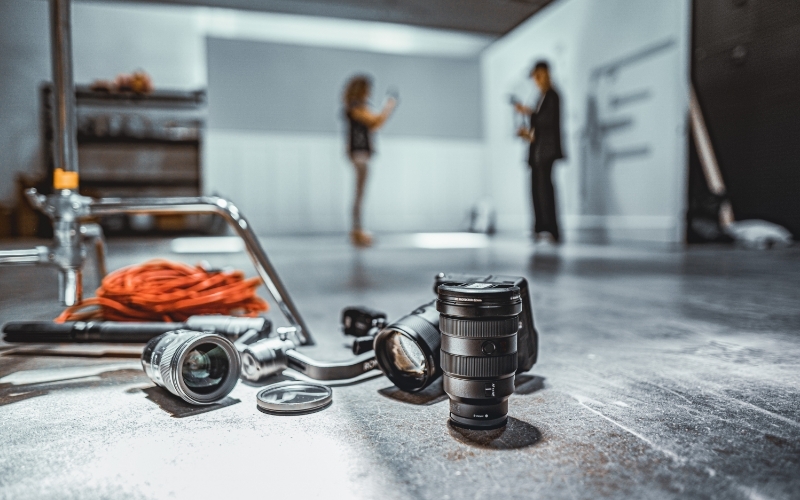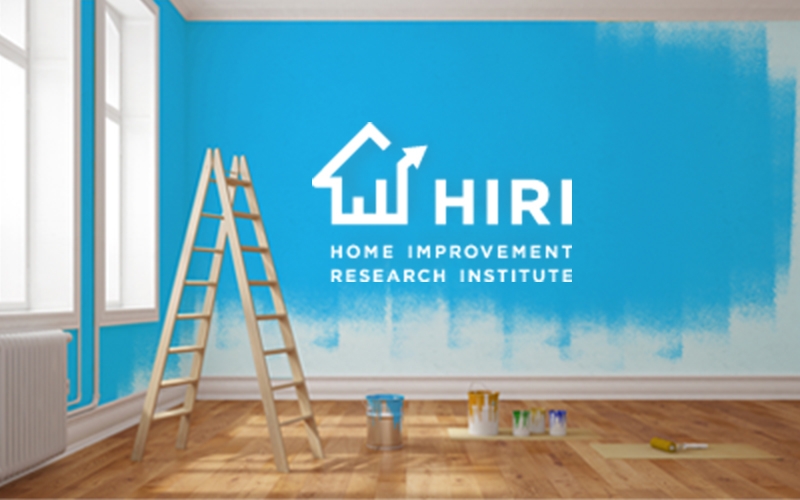Content Marketing
Social Media
Influencer Marketing
The home improvement industry is built for brand champions, and savvy influencers bring unique qualities to the brands they partner with. But often, finding the right partners and maximizing their value is easier said than done: The brands leading the way in influencer marketing understand success takes hard work, smart strategy and marketing spend.
That’s why, at the Home Improvement Research Institute’s annual Insights Summit, Wray Ward Public Relations Director Amanda Williams and I took the stage. We provided actionable tips home improvement brands can implement to identify strategic partnerships, create authentic content, and activate and amplify the experience on digital platforms.
Here’s a top-line overview of what we shared.
What are the types of influencers?
Influencers are generally grouped into types based on the size of their audience.
Nano-influencers have anywhere from 1,000 to 10,000 followers. They don’t reach the most people, but their audience is highly engaged.
Micro-influencers have anywhere from 10,000 to 40,000 followers. Content highlights their expertise and earns high engagement rates.
Midtier influencers (40,000 to 100,000 followers) have a larger reach yet retain some of the attractive qualities of micro-influencers.
Mega-influencers may have up to 1 million followers. These social media stars are expensive but well suited to brands that need to broaden their reach.
Celebrity influencers have more than 1 million followers. While they reach a broad and diverse audience, they’re unlikely to connect on a personal level.
No matter the size of your influencer partner’s audience, you may want to use them as a brand ambassador who promotes your brand and products or services, potentially via a long-term relationship. Or the influencer may function as a content creator, growing their own brand while also making content related to your brand for the audience they already have.
Why does influencer marketing work for home improvement brands?
We could publish a long post on this topic alone, but at the end of the day, it all comes down to inspiration and education.
For homeowners, it’s inspiration. And the influencers most likely to resonate with homeowners are authentic — their voice, their personality, their experience (good or bad) with a product and even their spaces. Small kitchens and dated bathrooms can make an influencer more relatable and give consumers the confidence to start a project.
Seeing a real person tackle a home improvement project on social media is often the deciding factor. Sure, they’ve been served product ads or noticed your products on the shelf, but seeing an influencer using your product in a real-life scenario may be the push they need. Add content marketing tactics such as blogs, email marketing and more, and it’s a home run.
For trade audiences, influencers make an impression because they’re educators and craftspeople first, influencers second. What’s more, many trade influencers, especially builders and interior designers, like to collaborate with each other. The phenomenon we call “influencing the influencers” is a winning social media strategy.
Today, home improvement influencers are becoming more specialized and carving out a niche. This makes it easier for brands to find specialized partners and explore ways of working together.
Of course, as a content marketer, I get most excited about the assets that come out of influencer relationships. From behind-the-scenes photos and how-to videos to honest product reviews, it’s all content, which leads me to …
How can home improvement brands get even more mileage out of influencer content?
Depending on your strategy, it may make sense to share influencer content on your brand’s social channels and website. Or you may want to plan collaborative posts that appear on your channels as well as the influencer’s channels.
At Wray Ward, we sometimes ask our influencer partners to limit content to their own channels if we think this will help maintain a sense of authenticity. But if it makes sense for your program, extending the story to your brand’s owned and shared spaces will, in turn, extend the reach of your investment.
What are some ways to activate influencer programs on social media?
Many popular home improvement influencers are successful on multiple social platforms. For example, a creator may have an Instagram account, a Facebook page, a YouTube channel and a robust Pinterest following. And while some people (we call them super fans) may follow the influencer across all platforms, it’s more likely that a different audience is following the influencer on each platform.
It’s critical to recognize that audience behavior is different on each social media channel. Influencers understand this and use different channels to amplify their content in different ways.
Formulate a plan for how you want to work with an influencer on each platform. For example:
Instagram and TikTok can be used for inspiration and awareness brought to life through video.
Facebook may be a great way to drive traffic to your website or landing page, or you could ask your influencer to link to a blog they wrote about your product.
If the influencer has a YouTube channel, you could consider working with them on longer-form videos (e.g., in-depth how-tos).
If an influencer offers to post on platforms where your brand doesn’t have a presence, consider them anyway. You may still find value.
Finally, each social platform should have multiple posts. One post by one influencer on one platform will not make much of a dent in your marketing and sales goals. Social media content types have different purposes and relevance to your customer journey, and a solid social media strategy will help guide you.
How can brands use influencer content in owned media?
It’s easy to understand why influencer marketing is so closely aligned with social media. After all, social media is largely what enabled today’s influencers to build their personal brand and amass a following.
But your owned channels — namely, your website — may be a way to extend the reach of your influencer partnership. Every agreement is different, but when you negotiate terms for things like the number of Instagram stories and hashtags to be used, why not also explore options to partner on content that lives on your website?
Blog content is a great way to build a library that will not only engage your audience but also give your SEO a lift. Furthermore, influencer-fueled blog content can generate content for your social channels — and when people engage with those social posts, you can give them a natural way to keep getting to know your brand, on a channel you control.
5 Examples of Influencer Blog Content
Gallery post
Gated content
Guest blog
Product review
Q&A
Video
Influencers and Email Marketing
Email is still one of the most critical channels for B2B and B2C businesses. In fact, according to HubSpot, 40% of B2B marketers say email newsletters are most critical to their content marketing success.
If you already have an email marketing strategy, you may be able to enhance your campaign content and storytelling by incorporating your influencer partners in things like newsletter content and special promotions.
Note: Remember that specific use cases must be outlined in your contract.
What makes influencer marketing successful?
We could publish a whole series exploring the answer to this question, but here are the key points:
Your influencer content must feel authentic.
The stories you tell and information you share must be relevant to your audience.
You must know when content will post.
Your audience needs something to do after they engage with your content.
You must incentivize people to visit and engage with your content (influencer-powered or otherwise).
How do you measure influencer marketing programs?
Influencers are great at driving awareness and increasing social media engagement. But why not take your program past awareness?
With the growth of influencers and platform sophistication, influencer marketing is no longer a tactical element: It’s a core marketing strategy. That means it can drive results at every stage of the customer journey, from awareness to sales and even advocacy.
Measuring the impact of your influencer marketing efforts starts with setting clear goals and deftly working with influencers at every level of the funnel:
At the top of the funnel, measure your success against metrics such as reach and brand sentiment.
In the middle of the funnel, focus on creators who can communicate a specific message and build trust. Metrics should evaluate engagement levels, video views and saves.
At the bottom, get people to take action. Metrics include campaign landing page traffic from influencer content on social media, coupon code redemption and more.
Beyond conversion, repeat use indicates advocacy — illustrated by community engagement on your social platforms and the posting of user-generated content, or UGC, where your brand is tagged.
What are some general tips for working with influencers?
In general, allow these three pillars to guide your influencer program approach:
Focus on building a brand champion for life. Once you create a connection, extend it. Maximize it.
Consider category exclusivity and other legal protections. If you’re evaluating an influencer, chances are your competitor is too.
Approach your program as a chance to have a partner in product innovation.
Here are some tactical tips to guide your influencer marketing activities:
Start small. If it’s a good partnership, the program will grow organically.
Make sure the contract protects the brand or company as well as the influencer — and have it reviewed by your legal team.
Plan content, but be flexible.
Lean into authenticity. Content should sound like the influencer, so review it for factual correctness, not creativity.
Be prepared to pay for product or category exclusivity.
Ask for data. If your company isn’t using influencer software to track a campaign, make sure to capture results in another way.
Need help with your influencer marketing strategy? Let’s connect.


